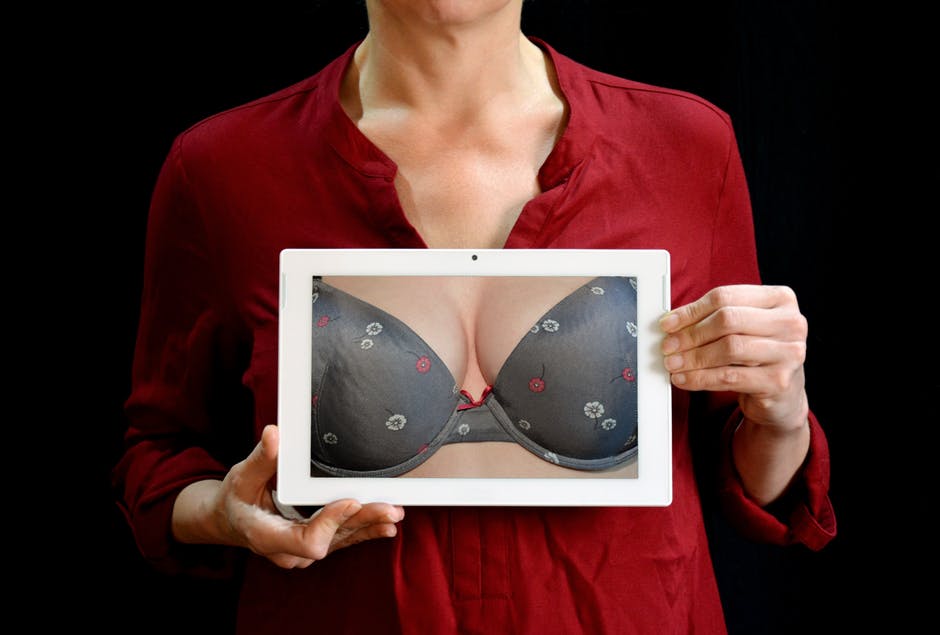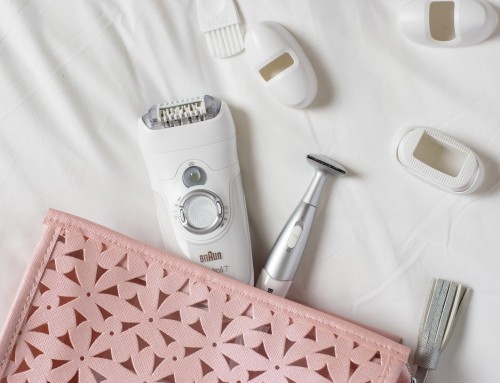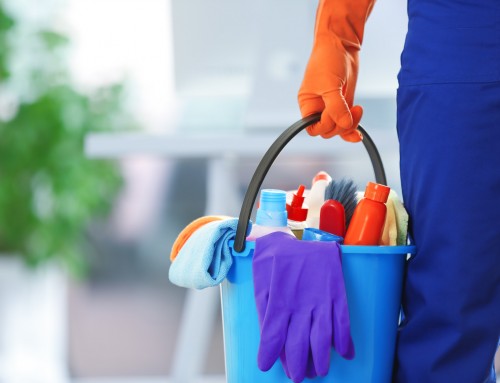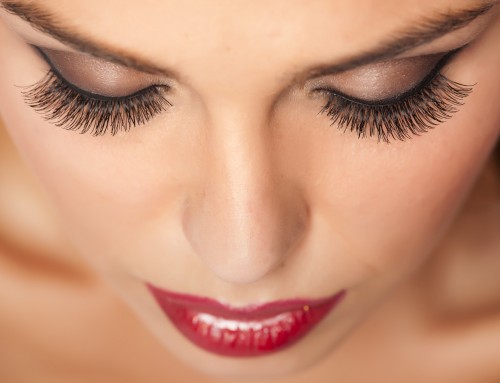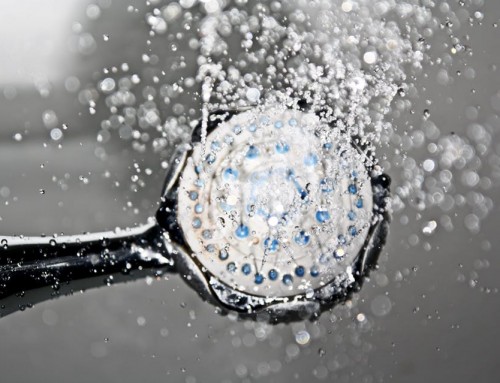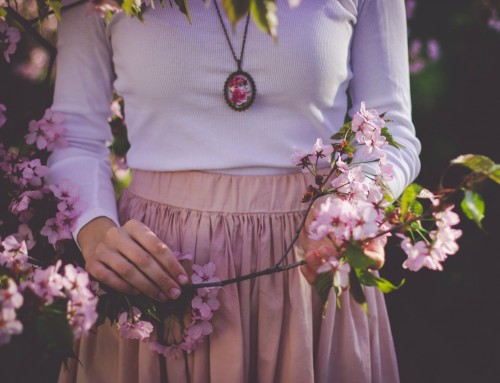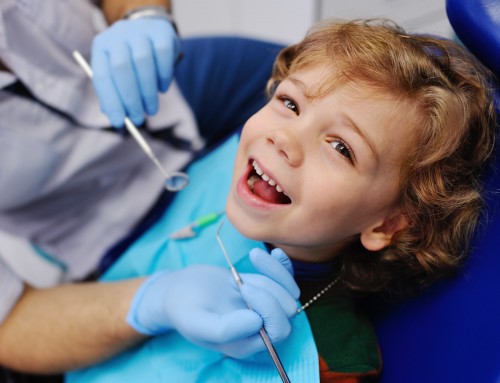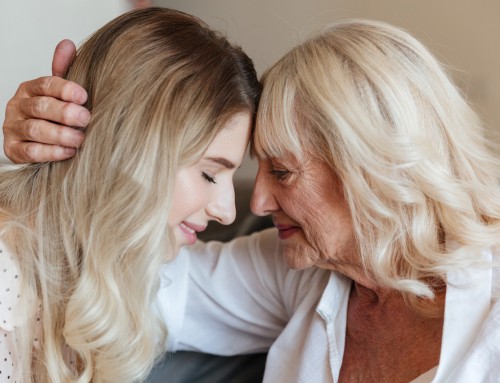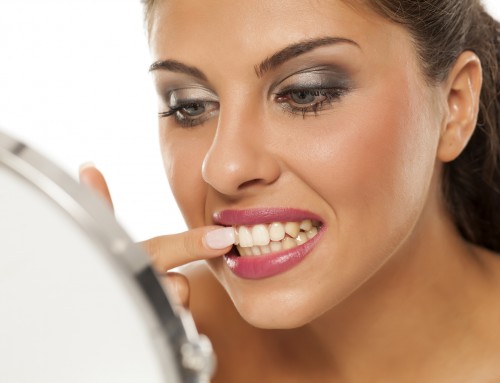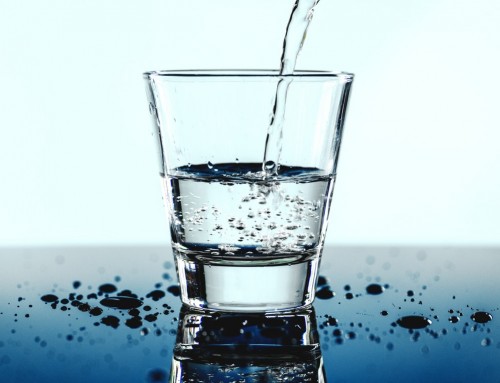Every woman wants to have full, beautiful breasts. An attractive cleavage can boost your confidence and self-esteem, enhance your figure, and make you feel better overall. After all, there’s a reason why breast augmentation is so popular worldwide — more than 300,378 procedures were performed in 2018 alone.
The problem is that our breasts age — just like we do. As time goes by, they lose their shape and fullness. These changes are due to the hormonal fluctuations that take place during menopause.
Even though you cannot prevent aging breasts, there are ways to slow down this process. Simple lifestyle changes, such as exercising more often and filling up on antioxidants, can make all the difference.
Wondering what will happen to your chest as you get older? Here’s what you can expect and how to address this issue before it’s too late.
What Causes Aging Breasts?
As you’re approaching menopause, your estrogen levels drop. Estrogen, the female sex hormone, keeps your skin firm and elastic. It also plays a key role in fat distribution — that’s why women tend to carry more fat on their hips and legs than man.
Estrogen is what gives women their feminine features, such as soft skin, full breasts, and wide hips. As its levels decrease, the breast skin and connective tissues become less firm. Sagging, shrinking, and lumps are all common breast changes during menopause.
Certain lifestyle factors can speed up this process. Bad eating, smoking, lack of exercise, and exposure to sunlight are just a few examples.
Cigarette smoking, for instance, stimulates the production of free radicals in the body, which in turn, accelerates aging and damages your skin. Its harmful effects are irreversible.
How Your Breasts Change as You Age
Sagging is often the first and most obvious sign of aging breasts, especially around age 50. However, you may notice some sagging a lot earlier. The decrease in estrogen production leads to collagen loss, affecting skin elasticity.
Some women may also develop cysts. Most times, these tissue growths are benign, so they don’t cause cancer. You may still experience some pain, though.
The breasts also tend to get softer around age 30 as their connective tissues are replaced with fat. Over time, they’ll begin to sag and lose volume.
Depending on whether you gain or lose weight, you may also notice changes in breast size.
Is There Any Way to Prevent Breast Aging?
Luckily, there are a couple of things you can do to keep your breasts firm until late in life. One option is fat grafting to the breast, a procedure that involves transferring fat from your buttocks or thighs to your chest. Read more about it before taking this step.
Consider changing your lifestyle habits. Spend less time in the sun, quit smoking, and clean up your diet.
Load up on antioxidant-rich foods, such as fruits, leafy greens, nuts, and seeds. Antioxidants protect your skin from oxidative damage, fight inflammation, and slow down aging.
Tweak your exercise routine as well. Make weight training a priority. Push-ups, pull-ups, bench presses, and other upper body exercises help strengthen the chest muscles, making your breasts look fuller.
Keep Your Breasts Young and Perky
Don’t let aging breasts stand in your way to a happy life! Breast sagging is a normal part of the aging process, but you can delay its onset through small lifestyle changes and self-care.
Massage your chest on a daily basis, wear a supportive bra, and commit to regular exercise. Cut out junk food, refined sugar, trans fats, and other foods that accelerate aging.
Interested to find out more? Follow these steps to perky breasts — they really work!

